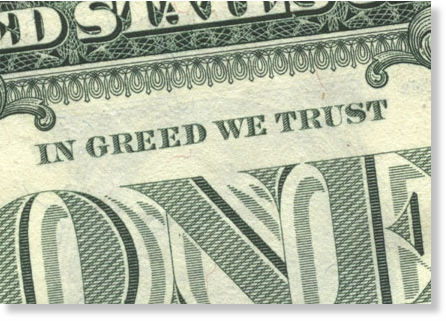$$ The Power of Money
WOW! I found this both funny (I actually laughed out loud) and fascinating.
In short – handling money (compared with handling paper) reduces stress from loneliness, as well as physical pain from hot water. Somehow it makes a lot of sense, but also seems crazy.
The threshold must be different for everyone, but as the saying goes “everyone has a price”.
In ‘The symbolic power of money: reminders of money alter social distress and physical pain’ published in the journal Psychological Science, Xinyue Zhou, Kathleen Vohs and Roy Baumeister explored how money could reduce a person’s feeling of pain and also negate their need for social popularity.
Harriet de Wit, Faculty Member for f1000 Medicine, said: “This research extends our understanding of relationships between social pain and physical pain, and remarkably, shows how acquired symbolic value of money, perhaps because of associations with power or control, can influence responses to both emotional and physical pain.”
She also noted: “These findings have great importance for a social system such as ours that is characterized by wide disparities in financial wellbeing.”
Zhou, Vohs and Baumeister determined that interpersonal rejection and physical pain caused desire for money to increase. They said: “Money can possibly substitute for social acceptance in conferring the ability to obtain benefits from the social system. Moreover, past work has suggested that responses to physical pain and social distress share common underlying mechanisms.”
“Handling money (compared with handling paper) reduced distress over social exclusion and diminished the physical pain of immersion in hot water. Being reminded of having spent money, however, intensified both social distress and physical pain,” the authors said.
More information: The full text of the evaluation of “The Symbolic Power of Money: Reminders of Money Alter Social Distress and Physical Pain” is available free for 90 days at http://www.f1000medicine.com/article/r2111rwty080l4q/id/1163818 DOI: 10.1111/j.1467-9280.2009.02353.x
Source: Faculty of 1000: Biology and Medicine


Hello,
My name is Jason. I am a professional blogger who loves to write on financial topics. I’m writing to you because I am currently trying to take my author identity to the next level by supplying informative articles to personal finance bloggers. I don’t believe in writing promotional articles, instead I feel informative stuff are something users are most interested in reading.
I would hereby like to request an opportunity to write a guest post on your site, ofcourse free of charge. You can send me your preferred topic, if any, and I would be happy to write an article on it. I can show you some of my past work that have attracted good number of visitors.
Anyways, you are doing a great job on with your blog and I’d like to talk to you in person, so I’d be happy if you could answer either way!
Sincerely,
Jason Holmes